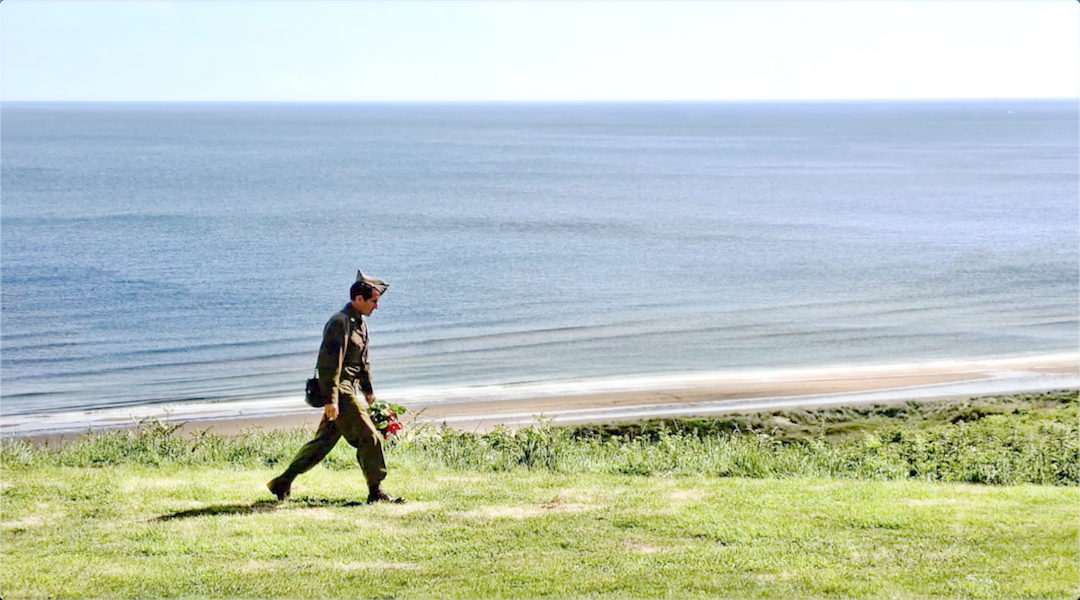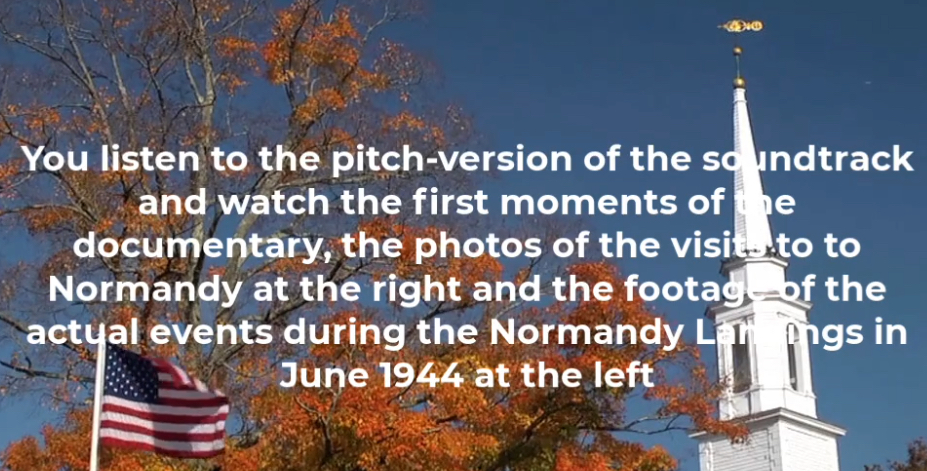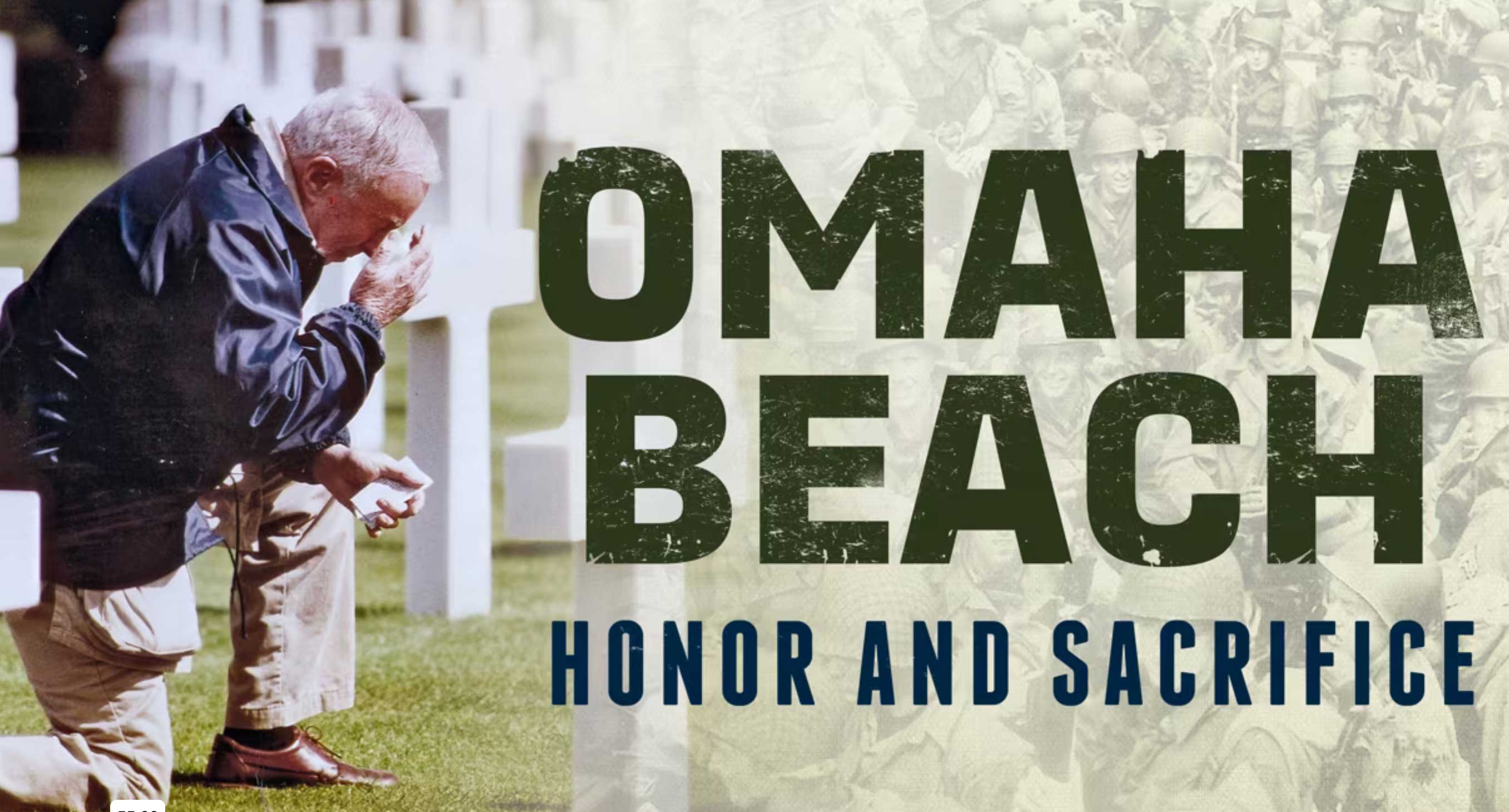Nominatie voor de Buma Award filmmuziek
Onverwacht sta ik op de lijst van genomineerden voor de Buma Award. Nou ja, niet helemaal onverwacht. Ik had een rondschrijven beantwoord van Bumacultuur waarin kandidaten werden opgeroepen om mee te dingen naar de voor Nederlandse begrippen prestigieuze Buma Award. Zonder er serieus rekening mee te houden dat ik mee zou gaan dingen naar de prijs. Maar ja, als je trots bent op het feit dat je meegewerkt heb aan een docu die in de USA werd bekroond met een Emmy, dan wil je wel zo'n formulier invullen. Dan weten ze er in ieder geval van, aangezien er in Nederland geen aandacht aan gegeven werd bij de landelijk pers. Wel bij de regionale omroep en plaatselijke bladen
De laatste 3 jaar is er bij Buma-Award een aparte categorie voor filmmuziek. Collega's kiezen de winnaar. In dit geval door de beroepsgroep van filmcomponisten BMCC. Een eerste blik op hun Buma-Award website leert al snel dat daar klinkende namen op staan die hebben gewonnen en nu genomineerd zijn. Vaak ook terugkerende namen. Ik ben wat dat betreft een outsider.
Mijn betrokkenheid met film (naast een paar speelfilms en een televisie serie) is vooral gerelateerd aan mijn website Back to Normandy (www.backtonormandy.org). Mijn bijdrage aan de documentaire Omaha Beach Honor and Sacrifice zou nooit hebben plaatsgevonden als ik al niet jarenlang muziek schreef over mijn passie en de geschiedenis van WWII. Te beginnen in Normandië, 6 Juni 1944, toen de bevrijding van West Europa begon.
Toen ik lucht kreeg van het ophanden zijnde bezoek van de veteranen van de 29th Infantry Division aan Normandië bij de vieringen van 70 D-day, heb ik er alles aan gedaan om deze docu van muziek te mogen voorzien. Na de nodige afwijzingen (Nederlanders in de USA filmwereld, no way) stuurde ik mijn pitch muziek op. Binnen een paar uur kwam het groene licht. Zie het filmpje hieronder: American Cemetery and Memorial in Normandy France. waar ik de pitch-muziek onder gemonteerd heb.
De muziek moest ook in extreem korte tijd gerealiseerd worden. In een paar weken, omdat de viewing voor de Public Broadcasting Service (PBS) onverwacht vervroegd was. De vraag uit de USA of ik dat kon: "tuurlijk!" was mijn antwoord. Het thema had ik al en ik was al wat aan het experimenteren met muziek voor scenes die ik natuurlijk al verwachtte sinds mijn vele bezoeken en gesprekken in Normandië met veteranen. Ik was dus goed voorbereid.
De docu draait nu bij de omroepstations van de PBS. Ik heb geen idee hoe vaak en waar. Het is wel een uniek document omdat de inhoud uniek is. Het verhaal van een van de meest besproken en intens gefilmde battles zoals de bekende film Saving Private Ryan. Een dergelijke situatie om iets dergelijks op beeld te zetten zal er nooit meer komen nu de veteranen zo langzamerhand uitsterven. De momenten dat je oog in oog staat met de mensen die verantwoordelijke zijn voor de vrijheid van het Westen. Dat komt nooit meer terug.
Mijn inspiratie kwam rechtstreeks uit de bron. Een ongekende eer. Mijn beloning heb ik dus al gehad. Mijn nominatie door collega's is een enorme opsteker.
Ik maak nog wel eens de grap dat John Williams de muziek heeft geschreven voor de acteurs die Omaha Beach op renden. Ik schreef de muziek voor de echte soldaten die op 6 Juni 1944 daarbij waren.
The documentary (text by WWIIFouncation):
On D-Day, June 6, 1944, the green 29th Infantry Division faced some of the most brutal fighting on Omaha Beach.
Perhaps the worst area on the beach was Dog Green, directly in front of strong points guarding the Vierville draw and under heavy flanking fire from emplacements to the west, near Pointe de la Percee. Company A of the 116th [29th Division] was due to land on this sector with Company C of the 2nd Rangers on its right flank, and both units came in on their targets. One of the six LCA's carrying Company A [116th Regiment,29th Division] foundered about a thousand yards of shore, and passing Rangers saw men jumping overboard and being dragged down by their loads.
At H+6 minutes the remaining craft grounded in water 4 to 6 feet deep, about 30 yards short of the outward band of obstacles. Starting off the craft in three files, the center file first and the flank files peeling right and left, the men were enveloped in accurate and intense fire from automatic weapons. Order was quickly lost as the troops attempted to dive underwater or dropped over the sides into surf over their heads. Mortar fire scored four direct hits on one LCA, which "disintegrated." Casualties were suffered all the way to the sand, but when the survivors got there, some found they could not hold and came back into the water for cover, while others took refuge behind the nearest obstacles.
Remnants of one boat team on the right flank organized a small firing line on the first yards of sand, in full exposure to the enemy. In short order, every officer of the company, including Captain Taylor N. Fellers, was a casualty, and most of the sergeants were killed or wounded. The leaderless men gave up any attempt to move forward and confined their efforts to save the wounded, many of whom drowned in the rising tide.
Some troops were later able to make the sea wall by staying on the edge of the water and going up the beach with the tide. Fifteen minutes after landing, Company A was out of action for the day. Estimates of its casualties range as high as two-thirds…(courtesy 29th ID Assoc.)
In June of 2014, a handful of remaining members of the 29th Infantry Division made a final trip back to Normandy to recognize the 70th anniversary of D-Day. The World War II Foundation was along as these veterans shared their stories and looked over the bluffs of Omaha Beach one last time. The aging veterans also visited the Normandy-American cemetery to say their final goodbyes to their friends who never left Omaha Beach alive on June 6, 1944. Local villages and towns also honored the men of D-Day with dozens of celebrations around Normandy.
Also prominently featured in this film is a soldier from the First Infantry Division (the Big Red One), who came ashore just down the beach and alongside the 29th Infantry on D-Day. Veterans of two previous landings in N






















